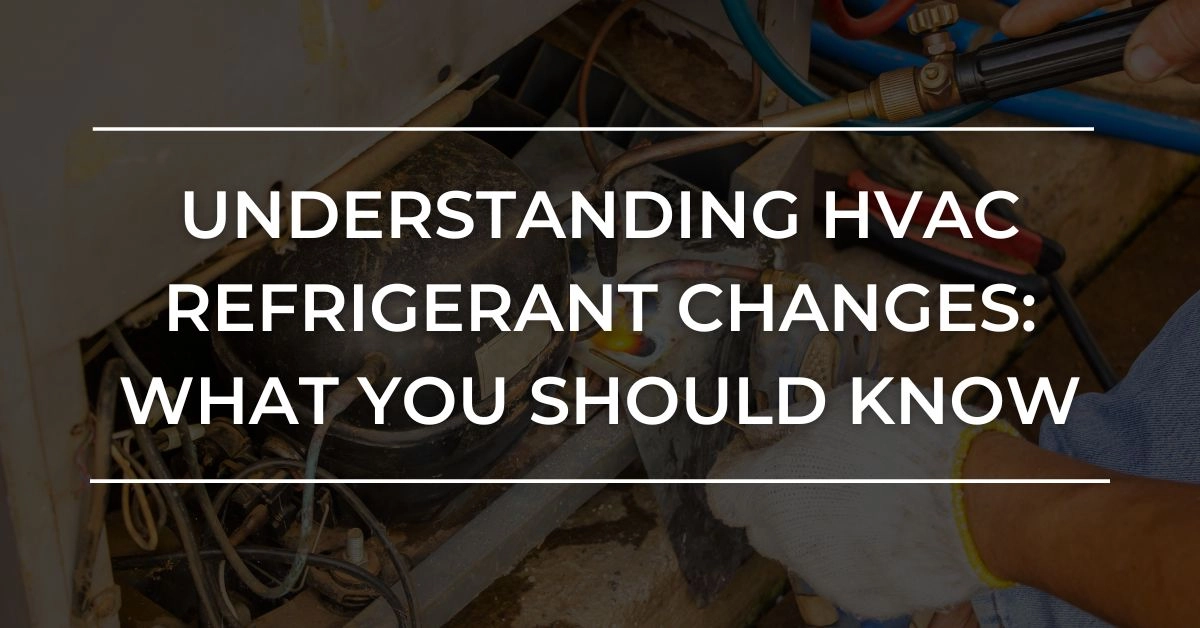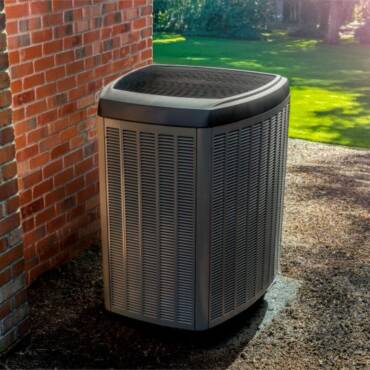The HVAC industry is undergoing a significant refrigerant transition due to federal EPA regulations, which are requiring all manufacturers and HVAC contractors to adopt A2L refrigerants. This is not a choice made by HVAC contractors or Carolina Comfort Air —it’s a mandatory shift driven by environmental concerns. In this post, we aim to clarify the changes, explain their importance, and debunk some common myths.
The Refrigerant Transition: What’s Happening?
In recent months, the industry has begun shifting from R410a refrigerant to newer, more eco-friendly alternatives like R32 and R454B. These refrigerants have a lower global warming potential (GWP) and are part of a global effort to reduce environmental impact. A2L refrigerants have been used successfully in Europe for over a decade, demonstrating their safety and reliability in real-world applications. However, the transition in the U.S. is happening more rapidly, which has led to concerns among both HVAC professionals and homeowners.
Common Misconceptions About the New Refrigerants
- “It’s just another refrigerant, no big deal.” While R32 and R454B may seem like “just another refrigerant,” their impact is more complex. These refrigerants have different properties, including mild flammability, which necessitates specific safety measures. Additionally, they are not compatible with R410a systems, meaning homeowners may need to replace both the indoor and outdoor units to ensure safe and efficient operation.
- “You can just replace the condenser and keep the rest of your system.” In the past, it was sometimes possible to replace just part of the system during refrigerant transitions. However, due to the technical differences between R32/R454B and R410a, it’s essential to replace both the indoor and outdoor units for compatibility and optimal performance.
- “You can mix old and new refrigerants.” Mixing refrigerants like R410a with R32 or R454B is not possible. They operate under different pressure conditions, and mixing them could cause system damage or failure. Therefore, a full system upgrade is required to avoid potential issues.
Do I Have to Replace My System with the A2L Transition?
It’s important to understand that the transition to A2L refrigerants does not mean you have to replace your current system. If your system uses R410a and is in good working condition, we expect to continue servicing and repairing R410a systems for years to come. While you may see price increases due to the availability of R410a, homeowners can decide when repair costs outweigh the costs of a full system replacement. There’s no need to panic, but being informed and planning ahead is always beneficial.
Final Summary
The refrigerant change is a significant shift for the HVAC industry, but with the right information, homeowners can make confident, informed decisions. The transition is happening due to federal EPA regulations, and while it brings changes, there’s no need for alarm. A2L refrigerants have been safely used in Europe for over a decade, and as we adopt them in the U.S., trusted HVAC professionals can guide you in navigating this transition smoothly and cost-effectively.
Whether you require installation, repair, or maintenance, our technicians will assist you with top-quality service at any time of the day or night. Take comfort in knowing your indoor air quality is the best it can be with MOE heating & cooling services Ontario's solution for heating, air conditioning, and ventilation that’s cooler than the rest.
Contact us to schedule a visit. Our qualified team of technicians, are always ready to help you and guide you for heating and cooling issues. Weather you want to replace an old furnace or install a brand new air conditioner, we are here to help you. Our main office is at Kitchener but we can service most of Ontario's cities
Source link




Add Comment